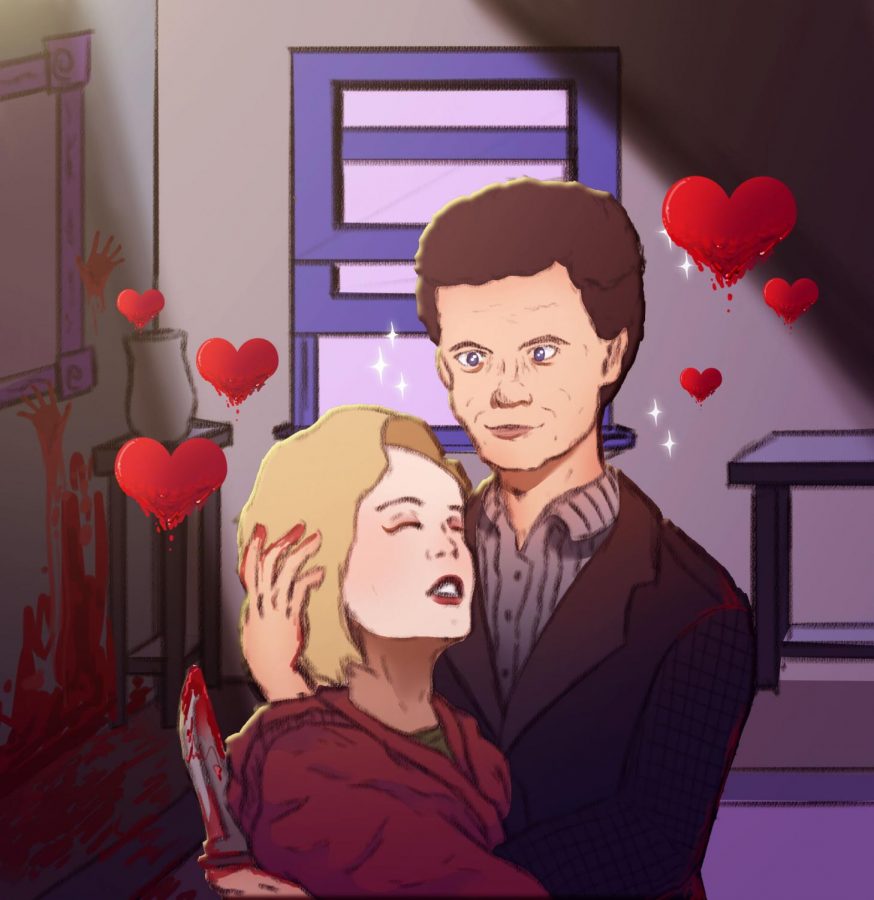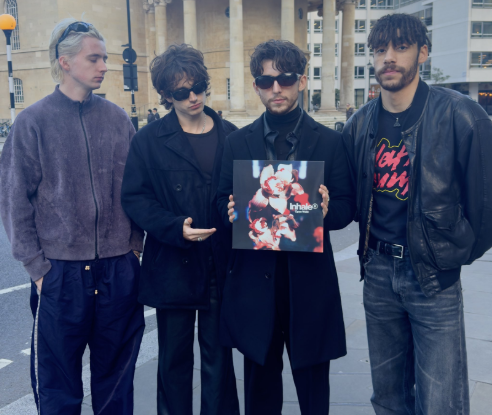Wrong figures worshipped
Film studios make the mistake of romanticizing serial killers instead of telling the real story
“Nice guys finish last” has been a popular saying for a while now, thus glamorizing the so called “bad boy.” However, when do these “bad boy” characteristics begin to be too much? How do you draw the line between seeing the good in somebody vs the realization that they’re dangerous? What if they seem to be charming and charismatic?
These are two things you normally wouldn’t connect with a criminal, let alone serial killer. However, charming and charismatic is exactly how many people saw the ghastly serial killer Ted Bundy.
A movie preview along with a Netflix series based on Bundy’s life were released and now he’s back in the spotlight. The trailer released for “Extremely Wicked, Shockingly Evil and Vile” showed a dramatized version of his life.
On the other hand, the Netflix series, “Conversations with a Killer: The Ted Bundy Tapes,” shows actual footage along with personal interviews from when Bundy was on death row. The series allows Bundy to tell his side of the story using his own words. The movie is trending, but not for him being a psychotic killer like one would think. It’s rather for his good looks and normal appearing life.
Similarly, the show “You” was released and social media went crazy. People started defending the gruesome actions of the main character even though he’s a stalker and murderer, all because he was supposedly doing it out of love. These criminals can be interesting and many people have expressed their interest in them, some even to the extent of obsession. The realization that one can be sympathetic toward these criminals is apparent but where does one draw the line?
There’s a difference between a “bad boy” and somebody that can be a dangerous criminal. Serial killers are psychotic murderers and they do not deserve to be depicted in a glamorous way along with getting the horror removed from their actions.








